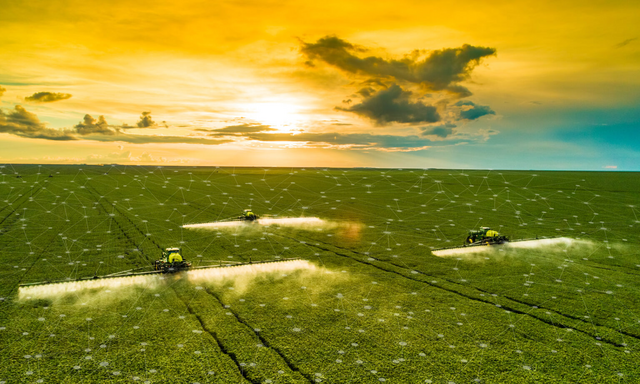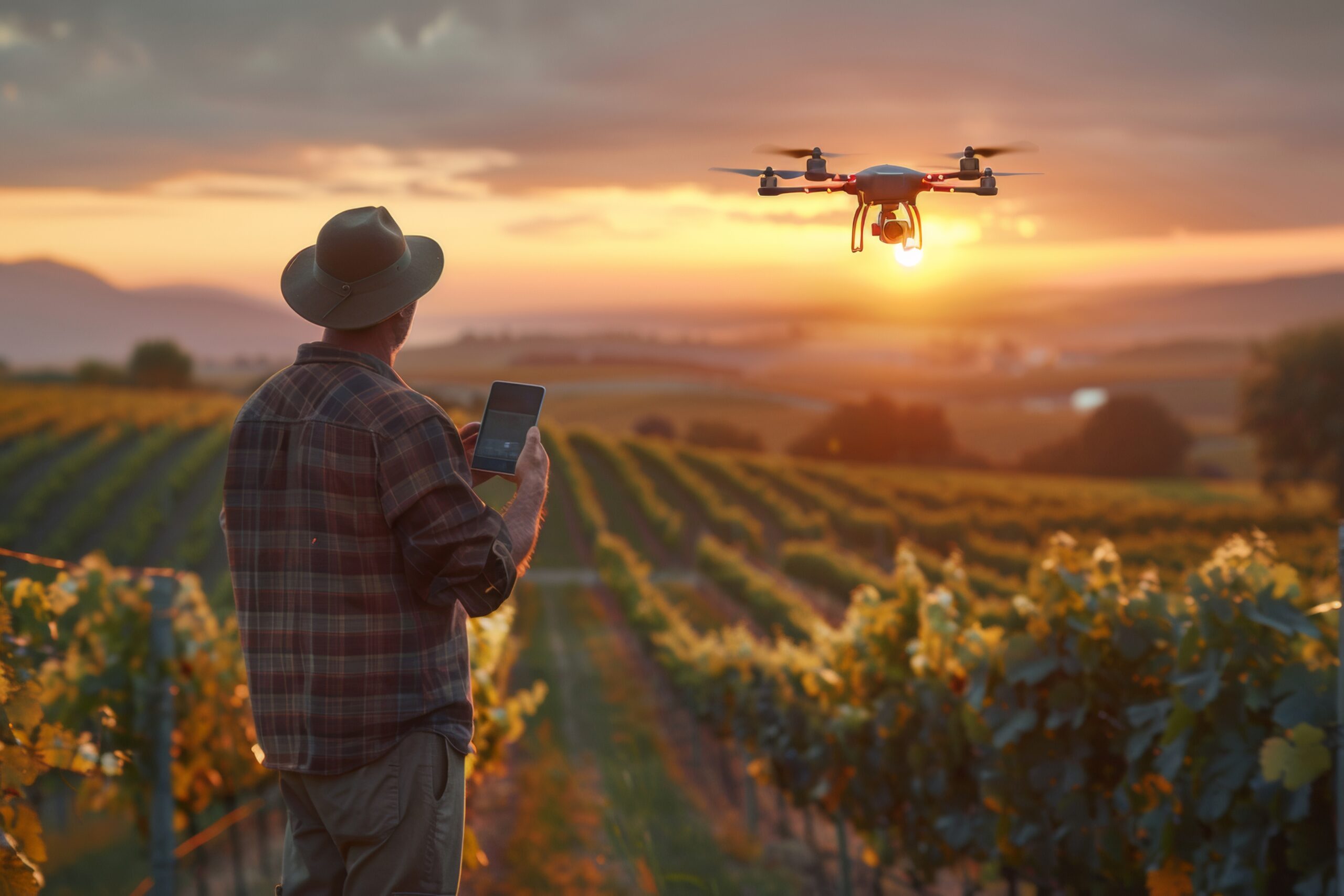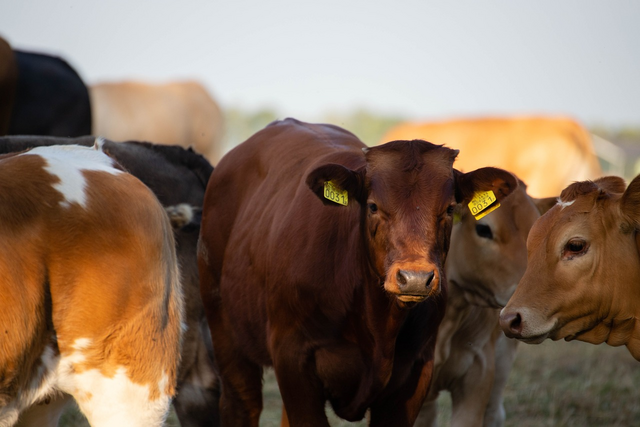In the vast, open spaces of Australia’s rural heartlands, a quiet revolution is enhancing the way livestock graziers manage their operations. This revolution is driven by the power of WiFi technology, which is now providing robust connectivity solutions that reach every corner of the farm. As Australia’s leading technology provider of WiFi mesh systems, we’re at the forefront of using innovative connectivity to support sustainable grazing practices, helping graziers maintain the health of their land and livestock in an environmentally conscious manner.
The Need for Sustainability in Livestock Grazing
Sustainability in livestock grazing is not just a trendy buzzword—it’s a vital practice that ensures the long-term viability of farming operations and the health of the ecosystem. Australian graziers are increasingly under pressure to manage their land in ways that preserve soil quality, water resources, and biodiversity. However, achieving these goals has traditionally been challenging due to the vastness of the terrain and the isolation of many farms.
How WiFi Connectivity is Making a Difference
The introduction of full farm WiFi coverage is transforming the landscape for sustainable grazing practices. Here’s how enhanced connectivity is making a substantial impact:
1. Precision Livestock Farming
WiFi enables the implementation of precision livestock farming techniques, which involve the use of technology to monitor and manage grazing patterns and animal health with great accuracy. This includes GPS tracking of livestock, automated feeding systems, and health monitoring sensors that provide real-time data to graziers. These technologies help in making informed decisions that optimise herd management and reduce environmental impact.
2. Enhanced Resource Management
With real-time data collection through sensors distributed across the farm, graziers can monitor soil moisture levels, weather conditions, and vegetation health. This information allows for more precise water and land management, ensuring that resources are used efficiently and that grazing patterns are adjusted according to environmental conditions, thereby preventing overgrazing and land degradation.
3. Improved Water Conservation
Water management is a critical concern in arid regions of Australia. WiFi-connected irrigation systems and water monitoring technologies enable better water resource management, ensuring that water is used sparingly and effectively. This not only helps in preserving precious water supplies but also supports the health of the grazing land and the overall ecosystem.
4. Real-Time Decision Making
The ability to access data on the go means that graziers can make immediate decisions about their livestock and land management practices. For example, if an area of the farm is at risk of overgrazing, the grazier can quickly adjust the herd’s movements. Similarly, immediate responses to health alerts from monitoring devices can prevent larger outbreaks of disease, ensuring the wellbeing of the herd and reducing the need for chemical treatments.
5. Remote Veterinary Access
Connectivity allows graziers to consult with veterinarians in real-time, sharing data and images to get quick advice or a diagnosis. This is particularly beneficial for remote farms where access to veterinary services can be limited. Timely medical interventions based on expert advice can greatly improve animal welfare and reduce mortality rates.
6. Community Engagement and Education
WiFi connectivity also opens up opportunities for community engagement and professional development. Graziers can participate in online courses, webinars, and forums that focus on sustainable farming practices. This community engagement fosters a collaborative approach to tackling the challenges of sustainability, allowing graziers to learn from each other and stay updated on the latest research and methods.
Success Stories from the Field
A compelling example comes from a sheep farm in rural New South Wales, which has utilised WiFi technology to optimise its rotational grazing system. By using soil and vegetation sensors along with animal health monitors, the farm has managed to improve its pasture regeneration significantly and reduce its environmental footprint, all while maintaining high animal welfare standards and productivity.
Looking Forward: The Future of Sustainable Grazing
As technology continues to evolve, the future of sustainable livestock grazing looks bright. Innovations in IoT and AI are on the horizon, promising to further enhance the capabilities of graziers to manage their operations sustainably. These technologies will provide even deeper insights into environmental and animal health conditions, enabling graziers to make even more precise decisions that benefit their businesses and the environment.
In conclusion, the integration of WiFi technology into rural grazing practices represents a significant advancement in sustainable agriculture. By providing the tools needed to make informed and timely decisions, WiFi connectivity is not only supporting the health and productivity of livestock but also ensuring the preservation of Australia’s unique rural landscapes for future generations. As we continue to innovate and expand our technology solutions, the goal remains clear: to support Australian graziers in their mission to farm sustainably and successfully in harmony with the environment.




